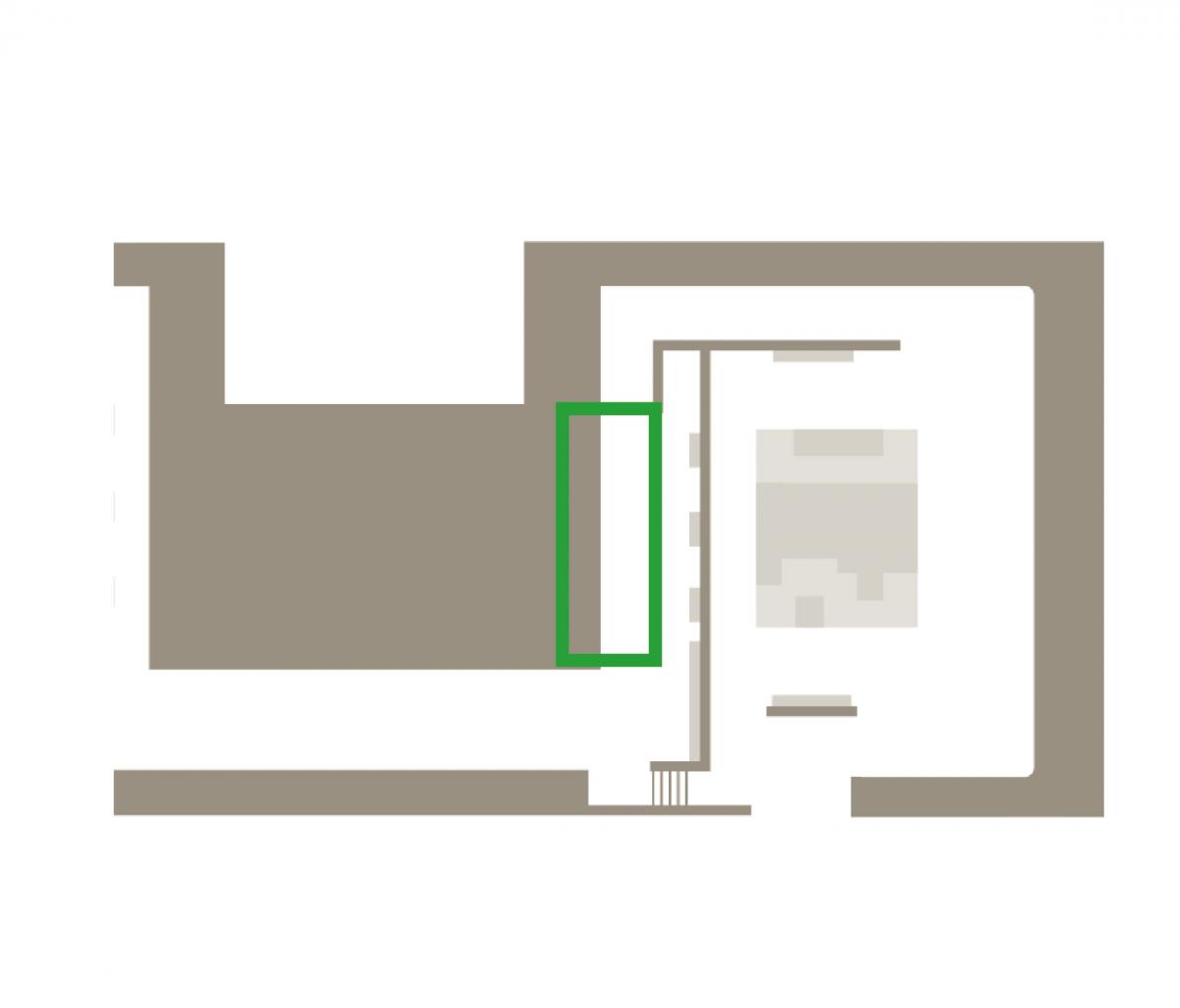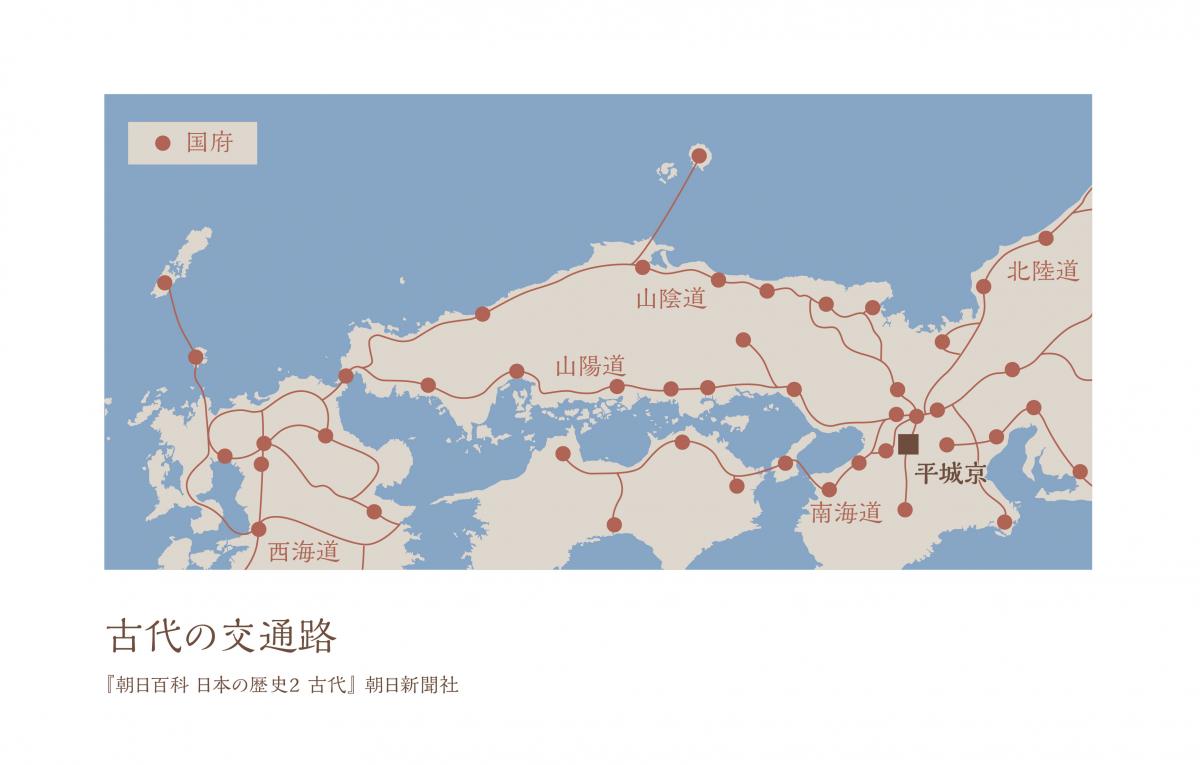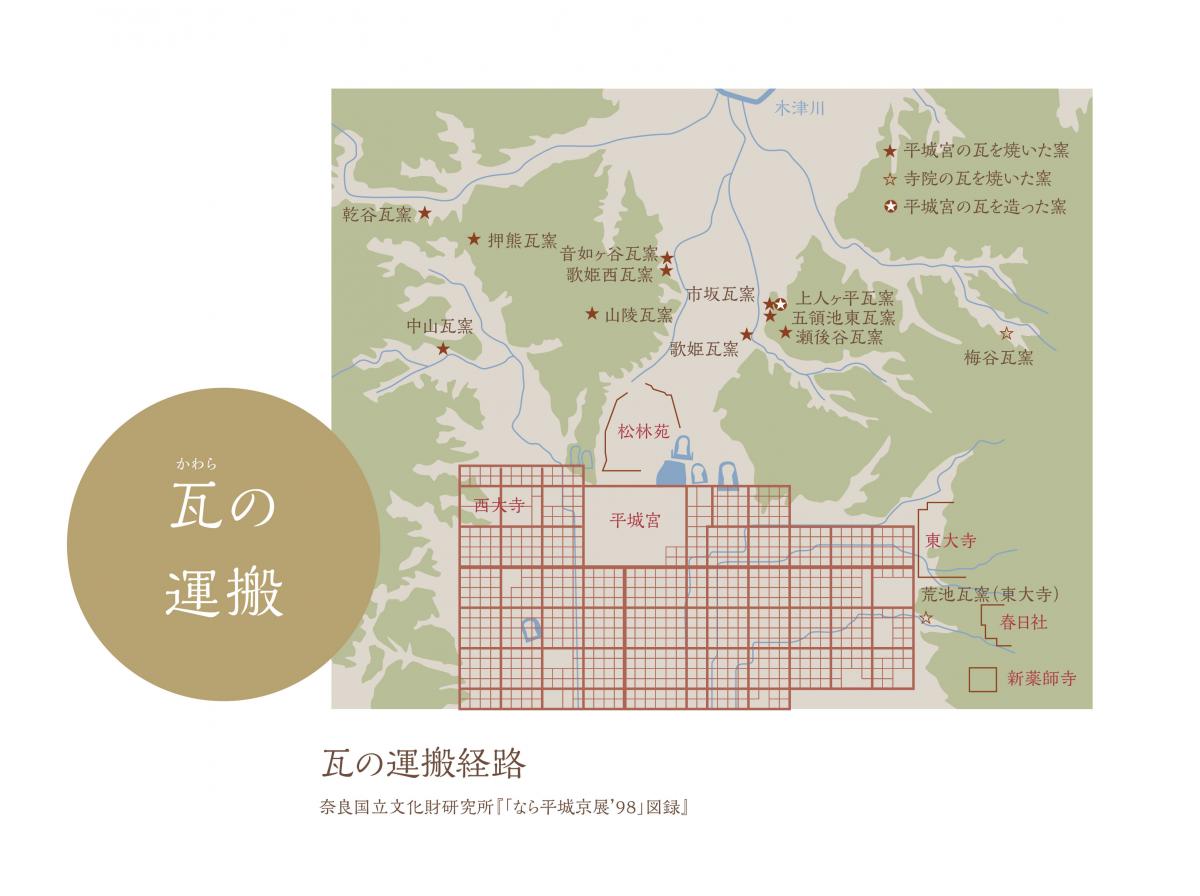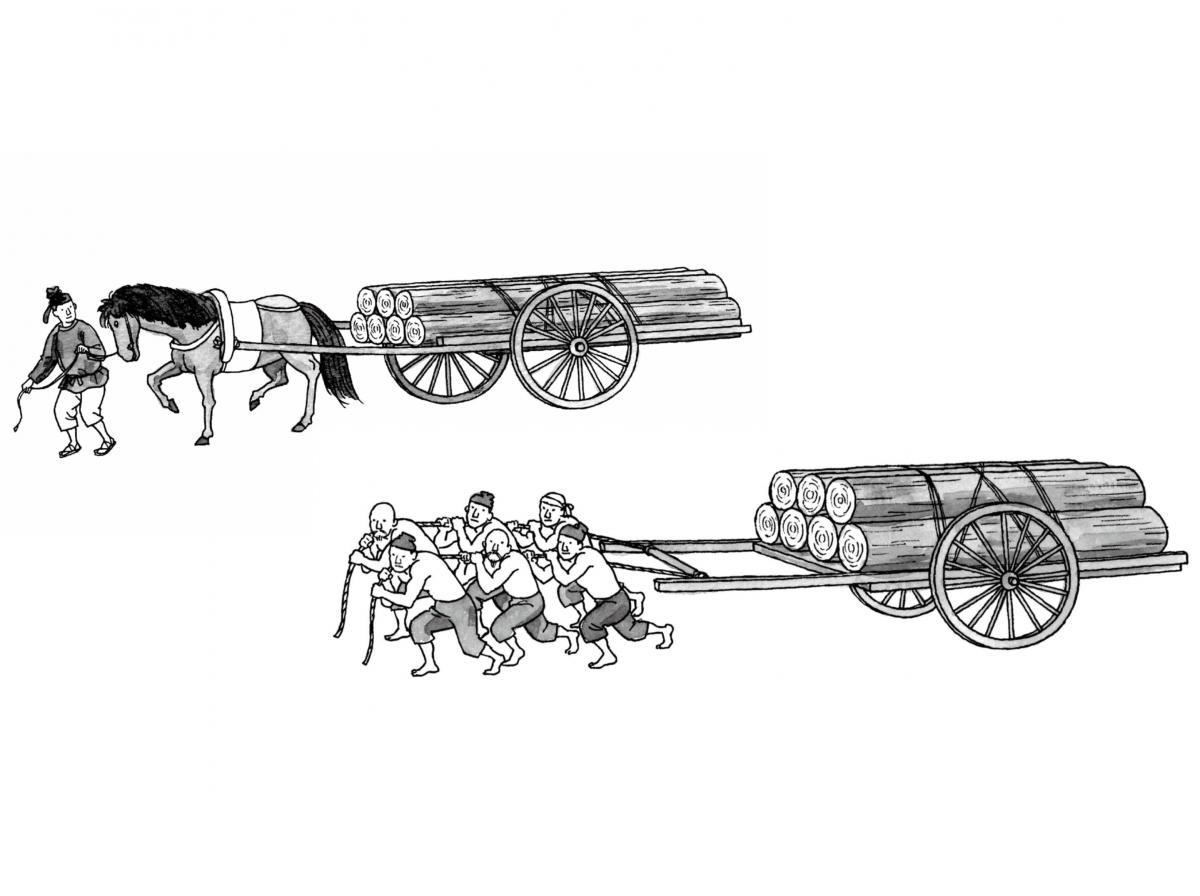About the Heijo-kyo Capital
About the Heijo-kyo Capital
Heijo-kyo was a capital modeled on the Tang Dynasty, a huge empire that ruled over East Asia. Along with a creation of a new palace, a huge network of roads connecting various parts of the country to the capital was formed, enabling the establishment of a ritsuryo governing system.

■ How Did They Build the Nation?

Between 702 and 704 was a period when Japan was actively trying to adopt the advanced cultures of Tang China. It was at this time that the Emperor sent a kentoshi envoy to China to gather information, and upon hearing their report, the decision was made to build a capital based on Chang'an. The Emperor then ordered the creation of special government offices, and the construction of Heijo-kyo began. Moreover, toward the end of the 7th century, seven roads connecting various parts of Japan to the capital were built in order to transport tax, and the regional rule of the ritsuryo state was in place.
■ How Was It Constructed?
It was two years after the issue of the Imperial edict that the capital was transferred to Heijo-kyo. It was in those two years that hills were cut back, valleys filled in, and rivers diverted. A variety of civil engineering work took place, and various construction work was carried out within the future capital beginning with the construction of the palace. An enormous amount of materials including timber, stone, and tiles were procured, and these of course needed to be transported to the building site. This was a massive undertaking for which tens of thousands of workers were drafted from all over the country, and the lack of machinery meant that everything was done manually.


